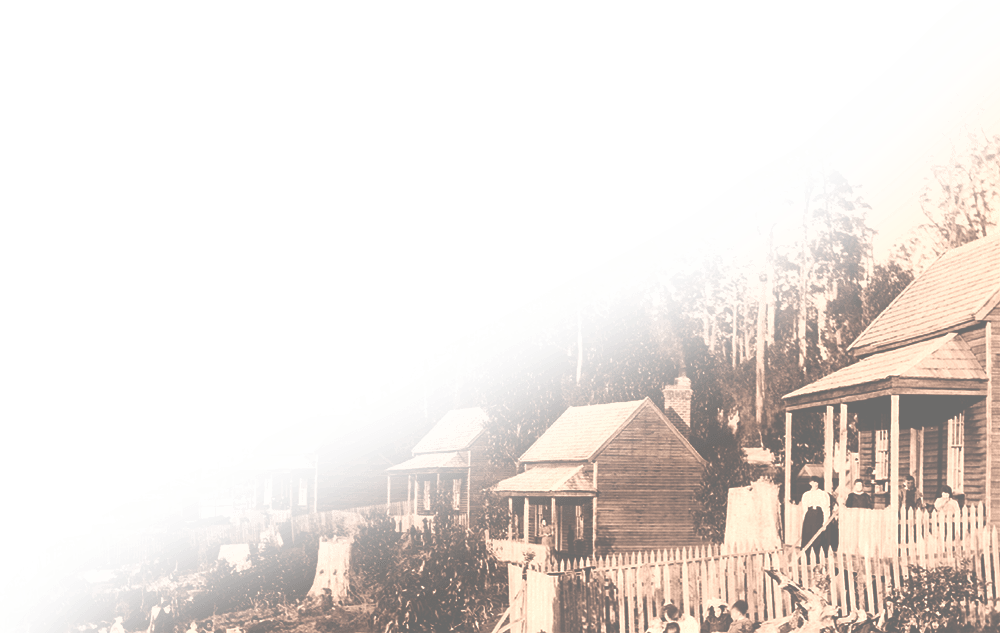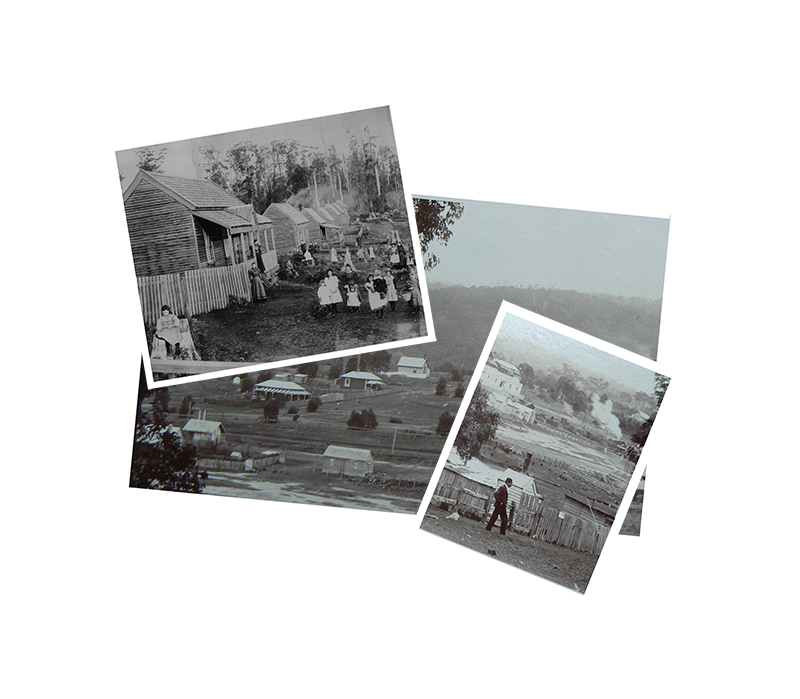WANDONG HISTORY GROUP INC.
WANDONG HISTORY GROUP INC.
Wandong, more than just a town
Wandong, more than just a town


From Steam to Diesel, the North East Line.
After some intense political argument, the first rails of the north east line were finally laid in March of 1871, by January 1972 the line was in place from Essendon to Kilmore East, Mathiesons Quarry at Wandong providing much of the ballast for the line. The residents of Kilmore were not impressed that the railway line bypassed their town and agitated for a branch line to be built while the sawmillers working in Mt Disappointment area were also asking for loading facilities for their timber being trained to Melbourne. Eventually all of these needs were met.
By 1873 the line was opened and with the increasing need for timber in the growing metropolis of Melbourne traffic increased at a fast pace. With branch lines to Beechworth and Numurkah even more traffic used the line until in 1882 an act of parliament enabled another line to be laid for most of the route enabling the increasing burden of train traffic to flow more freely, although it took
until 1883 that the line was fully duplicated all the way to NSW.
Despite the excitement around the opening of the new line the obvious error of the difference in the gauge of the tracks between Victoria and NSW was overlooked, this meant that travelers who wished to continue their journey into NSW had to change trains at the border to continue to their destination.
The Wandong station was a busy bustling place, timber was loaded daily onto trucks and taken all over the state, people moved freely by rail, the hiss of the steam engine enticing locals to make trips to Melbourne which prior to the rail had been long arduous journeys. But the station was more than just the place to buy a ticket to ride, it was the heart and soul of the town, the Station Master was seen as the person who could help with whatever was needed, whenever a crisis occurred the station was the first port of call.
Accidents were frequent around the station, some never quite made the trek from the Travellers Rest hotel across the lines while others were injured working amongst the timber and machinery, in 1903 a goods train derailed between Wandong and Kilmore East with 21 trucks being thrown down an embankment, fortunately there were no injuries in the crash, but a steam crane was brought in to lift the trucks back onto the rails.
By 1979 the Wandong station was gone, the railways no longer manned the stations, station masters were a thing of the past. The buildings were torn down in an act of what can only been described as needless destruction and part of Wandongs history was lost forever.
(The book Ghosts Gold and a White Elephant has a full history of the rail click on our shop page to purchase a copy)
The Branch Line
Originally planned to leave the main line from Wandong the branch line route was by 1887 planned to exit at what was then known as the Kilmore Junction station. By October 1888 the branch line had reached Kimore and a signal box had been built, by 1890 the line had made it to Bendigo.
A run off spur was built on the branch line to protect the main line from run away trains, this was put to good use in 1910 when a train from Bendigo suffered a brake failure and was sent up the safety spur, the engine driver was killed in the accident as several wagons overturned and crashed down the embankment.
The branch line followed a circuitous route as it wound its way through the hills towards Kilmore, Leslie siding was established, the siding was named in honour of David Beath who hailed from Leslie in Fifeshire Scotland. (David Beath was the partner of Robert Affleck Robertson).
Click here to read more history of Leslie Siding.
Leslie Siding by John Hazelwood

Recording and Preserving Our Past











